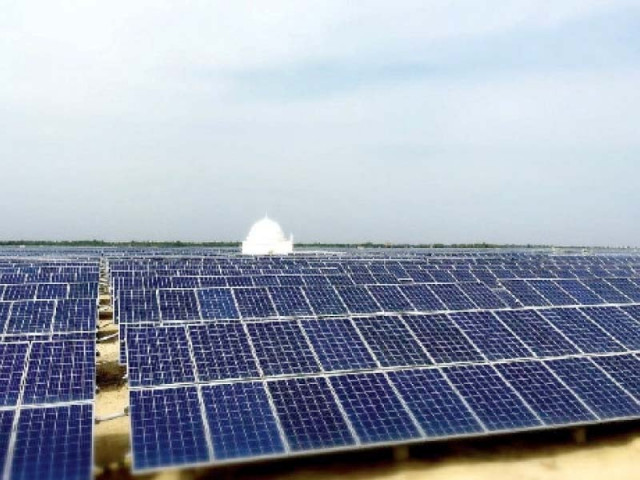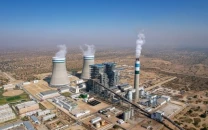Balochistan installs modern solar facilities
Province has solar energy potential of 2,900 gigawatts

Balochistan Caretaker Chief Minister Mir Ali Mardan Khan Domki has inaugurated an extensive solarisation project to shift various public department buildings including educational institutions, healthcare facilities and civic departments onto renewable energy that will provide clean, affordable and uninterrupted power supply to public facilities in the province.
The Balochistan government, with the support of Chinese government, has completed the solarisation of 12 educational institutions, computer labs and hospitals that have been equipped with modern solar power facilities.
Chinese Ambassador to Pakistan Jiang Zaidong participated in the inaugural ceremony where he expressed his views through a video link at the Chief Minister’s Secretariat.
Pakistan’s total installed solar energy capacity was 1.24 gigawatts (GW) by 2022, representing a 17% increase over 2021. The government has proposed many initiatives to increase the share of solar energy.
By now, the country’s solar energy market is estimated to rise at a compound annual growth rate (CAGR) of 49.68% from 1.30 giga tonnes in 2023 to 9.77 giga tonnes in 2028.
In the specific case of Balochistan, according to the Central Asia Regional Economic Cooperation programme, Pakistan’s total technical solar and wind potential stands at 2,900 GW and 340 GW, respectively.
Read Kakar advocates solar innovation
Additionally, Balochistan has the potential to implement greater than 14 GW of renewable energy projects within five to 10 years through least-cost pathways, including photovoltaic (PV) utility-scale plants of 9,500 to 11,500 megawatts.
Balochistan’s geography, irradiance and location make it one of Pakistan’s most high-potential provinces, with respect to renewables. Decentralised micro-grids paired with solar generation could be used to increase reliable electricity access to rural residents.
While micro-grids generally only provide basic electrification (high quality lighting and charging of mobile phones), it is able to do so for multiple households at a significantly lower cost in the long run. An estimated 36% of Balochistan is electrified, so this pairing has immense potential for the province. In the future, the province is poised to become the country’s most booming solar power hub.
This article originally appeared on The China Economic Net
Published in The Express Tribune, February 9th, 2024.
Like Business on Facebook, follow @TribuneBiz on Twitter to stay informed and join in the conversation.



















COMMENTS
Comments are moderated and generally will be posted if they are on-topic and not abusive.
For more information, please see our Comments FAQ